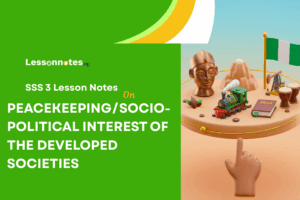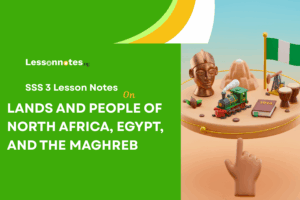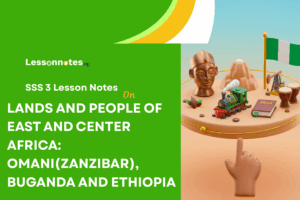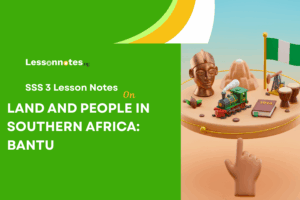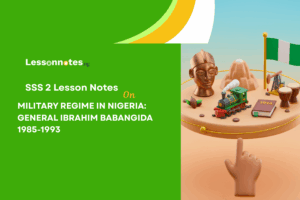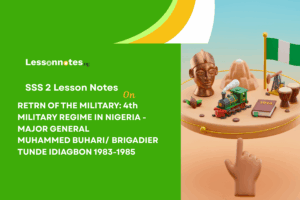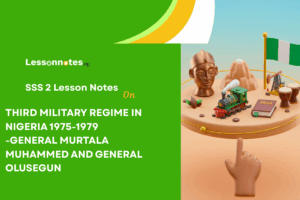CENTRALIZED STATES KANEM – BORNU UP TO 1800 SS1 Nigerian History Lesson Note
Download Lesson NoteTopic: CENTRALIZED STATES KANEM – BORNU UP TO 1800
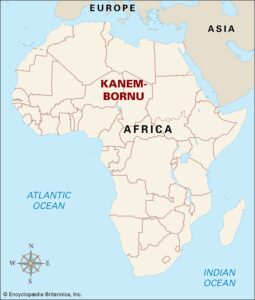
WHAT ARE CENTRALISED STATES?
It is the act of consolidating political power under a single political authority. In simple words, it refers to societies under one political control and authority.
The centralized states and Kingdoms which existed between 500-1800 A.D. were many, among them were Oyo, Benin, Bornu and the Hausa State, just to mention a few.
Factors That Influence The Process Of State Formation
- Favorable geographical location e.g. Fertile Land
- Mineral deposits such as gold, salt, iron, tin, oil etc.
- Strategic commercial location e.g. cities like Kano, Katsina, Ibadan.
- Dynamic leadership.
- Suitable political organization e.g. Benin, Oyo, Bornu.
- Warfare e.g. military competence in the case of Oyo, Benin.
- Religious influences e.g. in the case of Jukun.
- Migrations: Mass movement of people from one place to another in search of better conditions of life
KANEM AND BORNU EMPIRE UP TO 1800
Kanem Bornu has the longest dynasty in World history, the Sefawa dynasty lasted for about 1000 years. They existed to the West and East of Lake Chad between 700-1800 A.D. Her history can be split into two phases: the first and second Kanuri empires. Kanem-Bornu and Kanuri mean the same.

The 1st Kanuri Empire (800 1470 A.d.)
The Kanuri migrated to the east of Lake Chad defeated the original inhabitants (the SO) and absorbed them but retained part of their culture. They established the Sefawa dynasty and by 1470 A.D. the empire had declined on account of attacks from the SO and the Bulalas. Two examples of important kings of the empire were Mai Dunama I (1097 1150) and Mai Dunama II (12211259). N’Jimi was the capital of the first Kanuri empire.
- The 2nd Kanuri Empire:
Mai Ali Ghaji (1472-1504) established and consolidated the second Kanuri empire.
The factors that influenced the rise of the second Kanuri empire include:
- Good leadership of Mai Ali Ghaji
- Fertile land for agriculture and cattle rearing.
- Military Conquests.
- Highly centralised politics.
- Religious influence and commercial activities.
Socio-Political Institutions Of Kanem Bornu
- Hereditary kingship
- A council of twelve assisted the King
- Membership of the council was by royal blood
- Loyal slaves included in the council.
- Council members were appointed for life.
- Important councilors were as follows:
- Kaigama: commander-in-chief
- Yerima: Commander of the North
- Galadima: Commander of the West
The empire declined in 1812 when the Fulani Jihadists destroyed the capital (Ngazaragamu).
Economy of Bornu
Bornu realized her revenue from taxes and tributes from vassals; and trade with the neighbouring states e.g. Hausaland. Bornu exchanged slaves, copper and grains for salt, kola nuts and gold.
ASSIGNMENT
- Describe the achievements of Mai Idris Alooma, El-Kanemi- kanemi and Shehu Umar of Borno.



